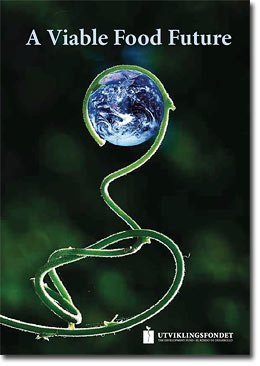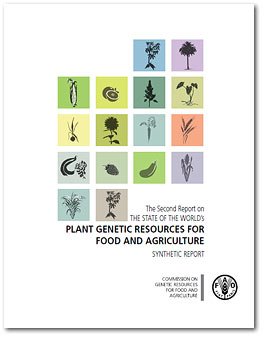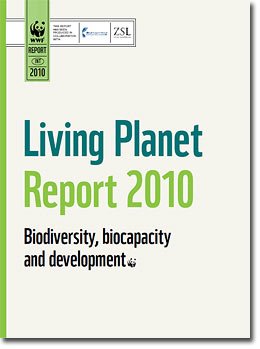 Download here |
- drastically reduce poverty
- reduce climate change and cool the planet
- restore biodiversity, soil fertility and water resources
- improve livelihoods and provide employment for billions of people
- produce enough, good, and nutritious food for 9 billion people or more?
Regulation and transformation of unsustainable large-scale industrialised agriculture, livestock raising and fisheries towards smaller-scale ecological production systems is urgently required if hunger is to be eradicated, an equitable food system established and the environment restored. Small-scale farmers should be recognized for their ability to feed the world, reduce climate change, preserve the natural wealth of agricultural and grazing lands, soil, biodiversity, water and aquatic resources that they use in production. Local food production and small-scale agricultural industries in rural areas have the potential to provide decent jobs, which are of utmost importance especially for rural youth and women, and to revitalise agrarian, pastoral and fisheries-based economies, thereby preventing distress or involuntary migration to cities. It is time to move in the direction of a viable food future.Download the full report, available in English, Spanish and French.
Crop biodiversity: Use it or Lose it!
 Download here |
The Food and Agriculture Organization of the United Nations (FAO) has launched the Second Report on the State of the World’s Plant Genetic Resources for Food and Agriculture, the definitive healthcheck on the biodiversity of crops. Much has changed since FAO published its last report twelve years ago, including an acceleration of climate change, making the conservation and the utilization of genetic resources even more pressing. – FAOThere are also reports on a country by country basis.
FAO estimates 75 percent of crop diversity was lost between 1900 and 2000. A recent study, highlighted in the State of the World’s Plant Genetic Resources for Food and Agriculture, predicts that as much as 22 percent of the wild relatives of important food crops of peanut, potato and beans will disappear by 2055 because of a changing climate. – FAO
 Download here |
The global LPI declined by about 30% between 1970 and 2007. The Living Planet Index (LPI) reflects changes in the health of the planet’s ecosystem by tracking population trends of over 2500 vertebrate species. Much as a stock market index tracks the value of a set of shares, the LPI calculates the average annual rate of change for species population from 1970 to 2007, the latest date for which sufficient data are available. – WWFSee more facts, explore and learn how to act here.
In 2007, people used the equivalent of 1.5 planets in 2007 to support their activities. The Ecological Footprint measures the biologically productive area that people use for provision of renewable resources, occupies with infrastructure, or require for absorption of CO2 wastes. – WWF
See the Living Planet Index Interactive graph here.
See the Ecological Footprint Index for all countries here.
This article is published at The Permaculture Research Institute of Australia on October 28, 2010.



No comments:
Post a Comment
Note: Only a member of this blog may post a comment.